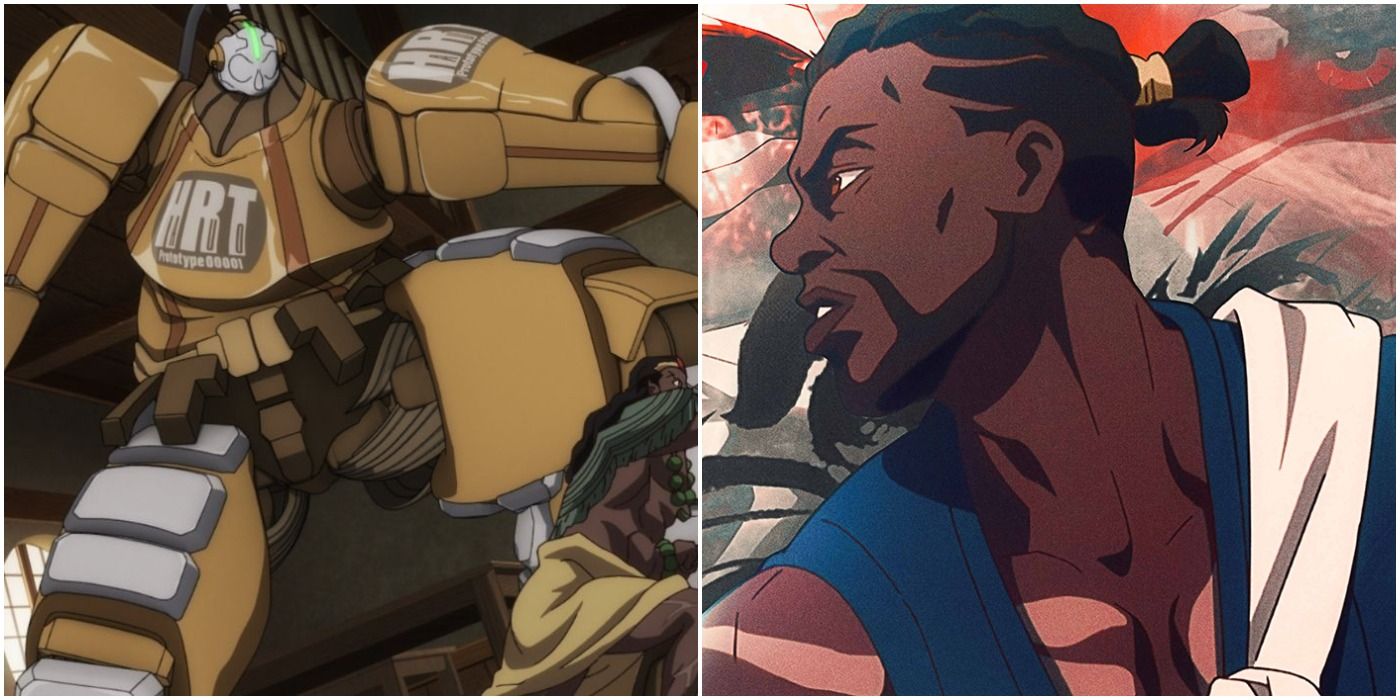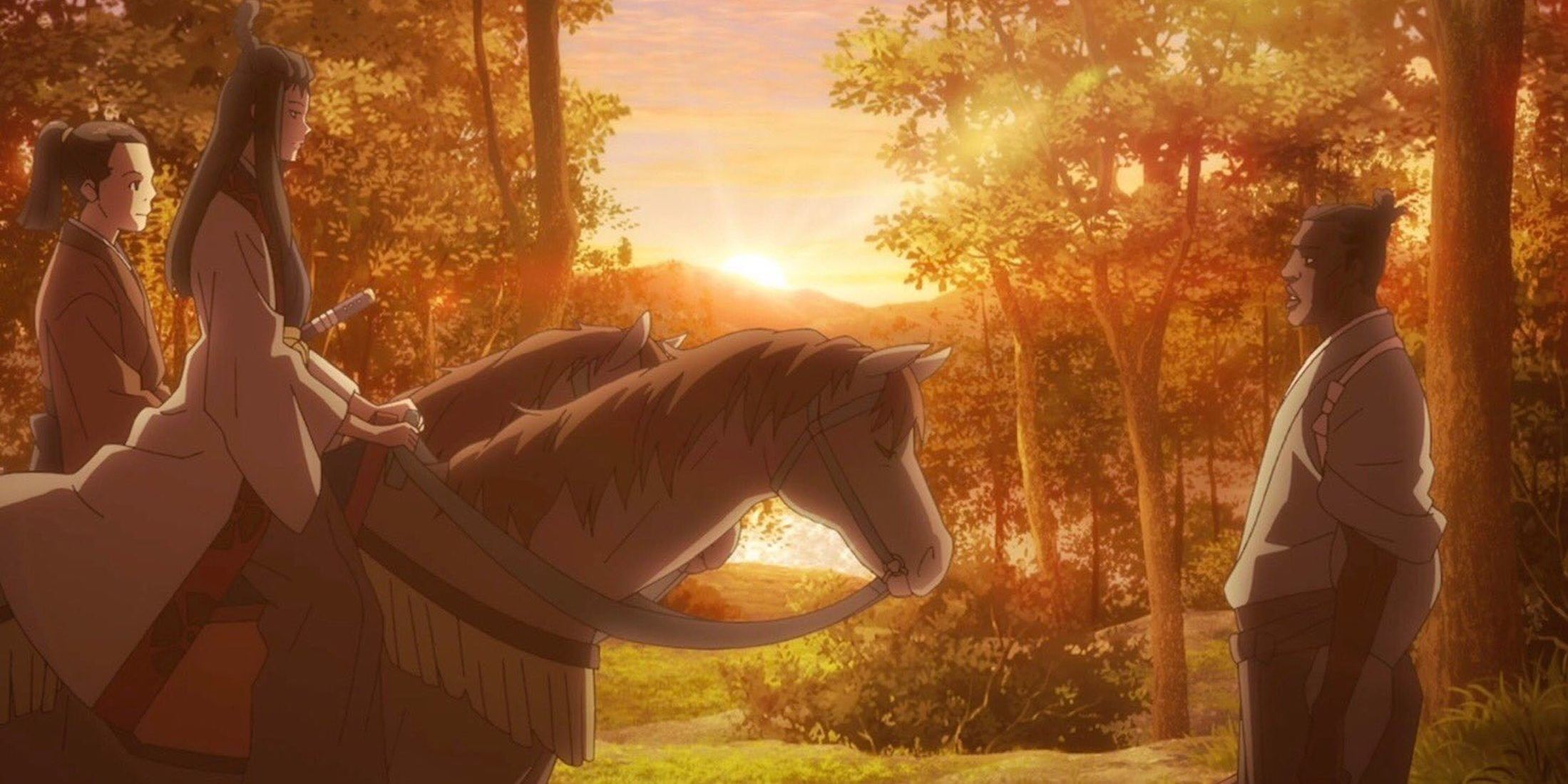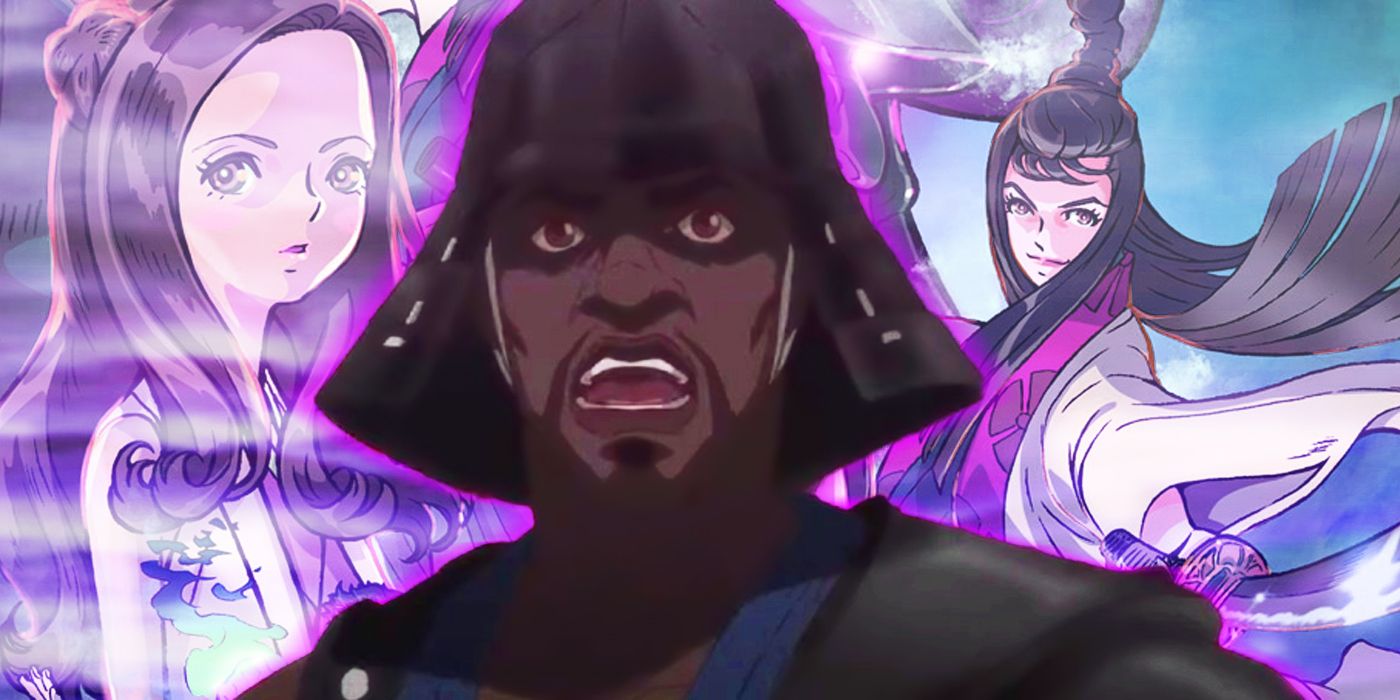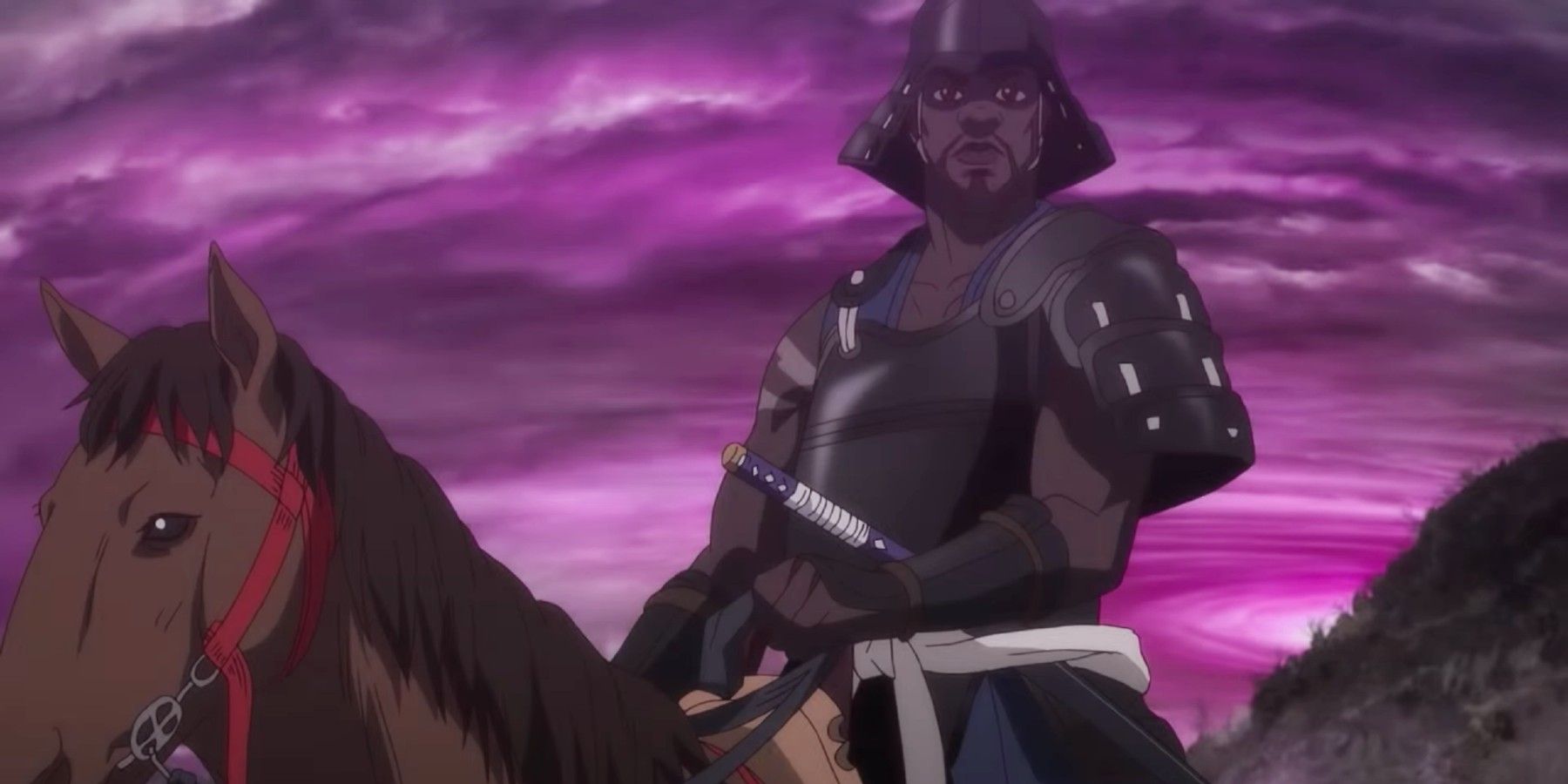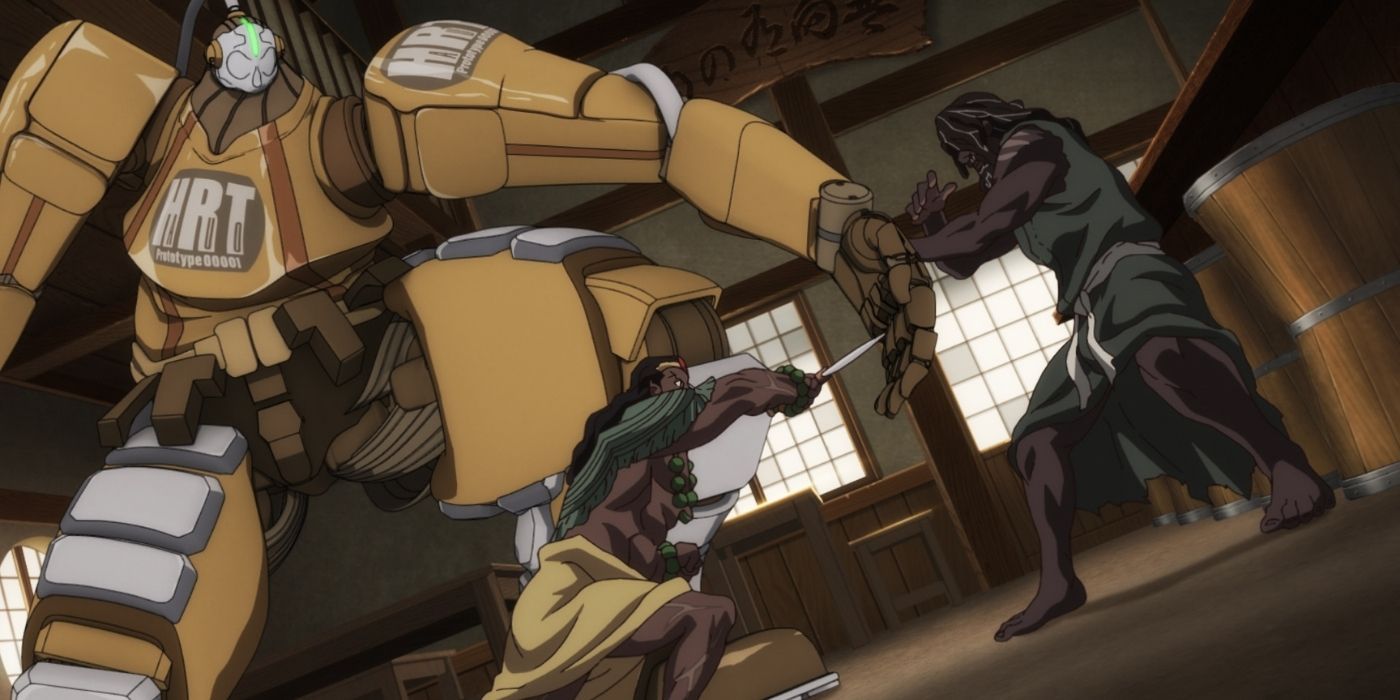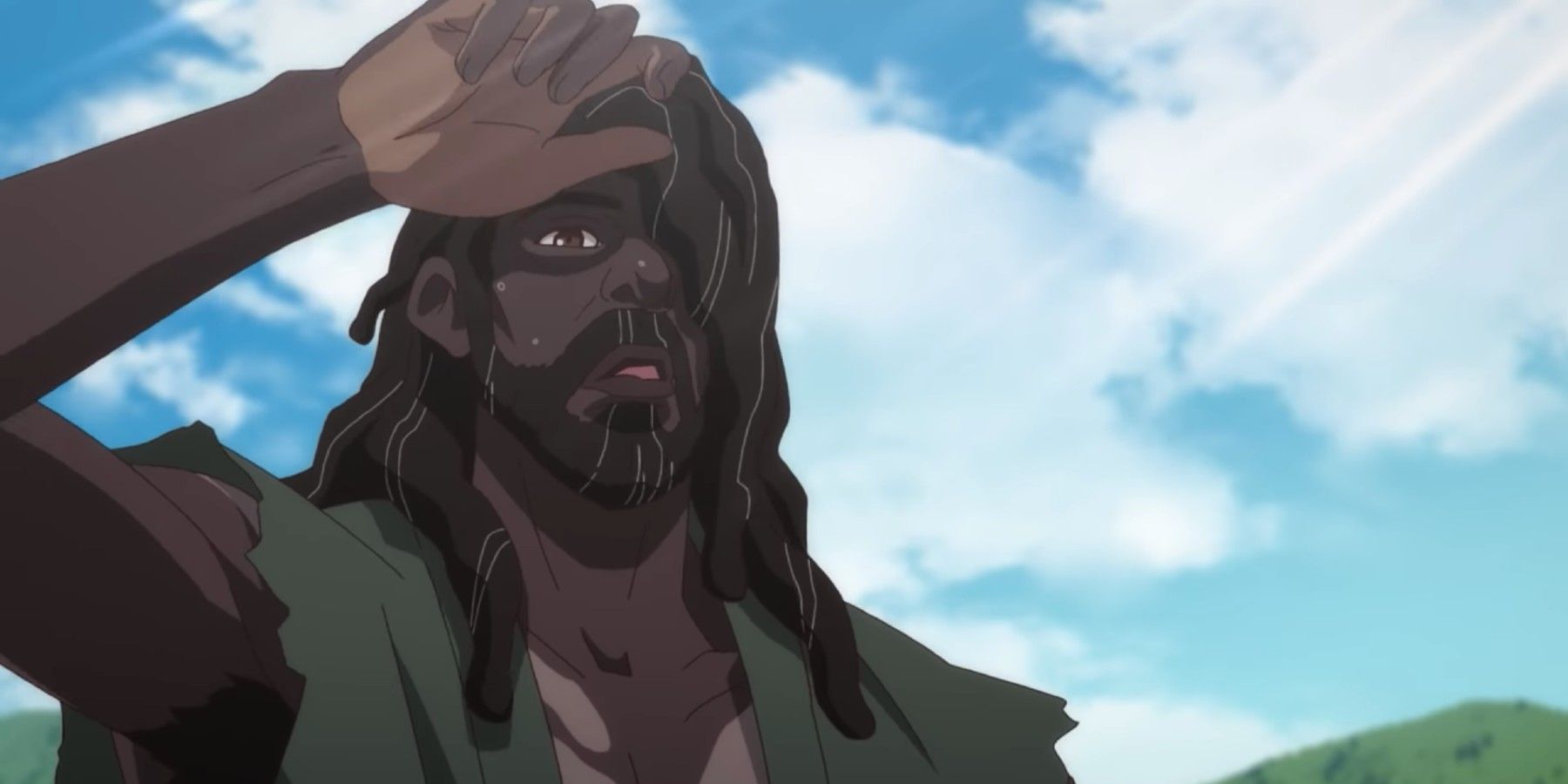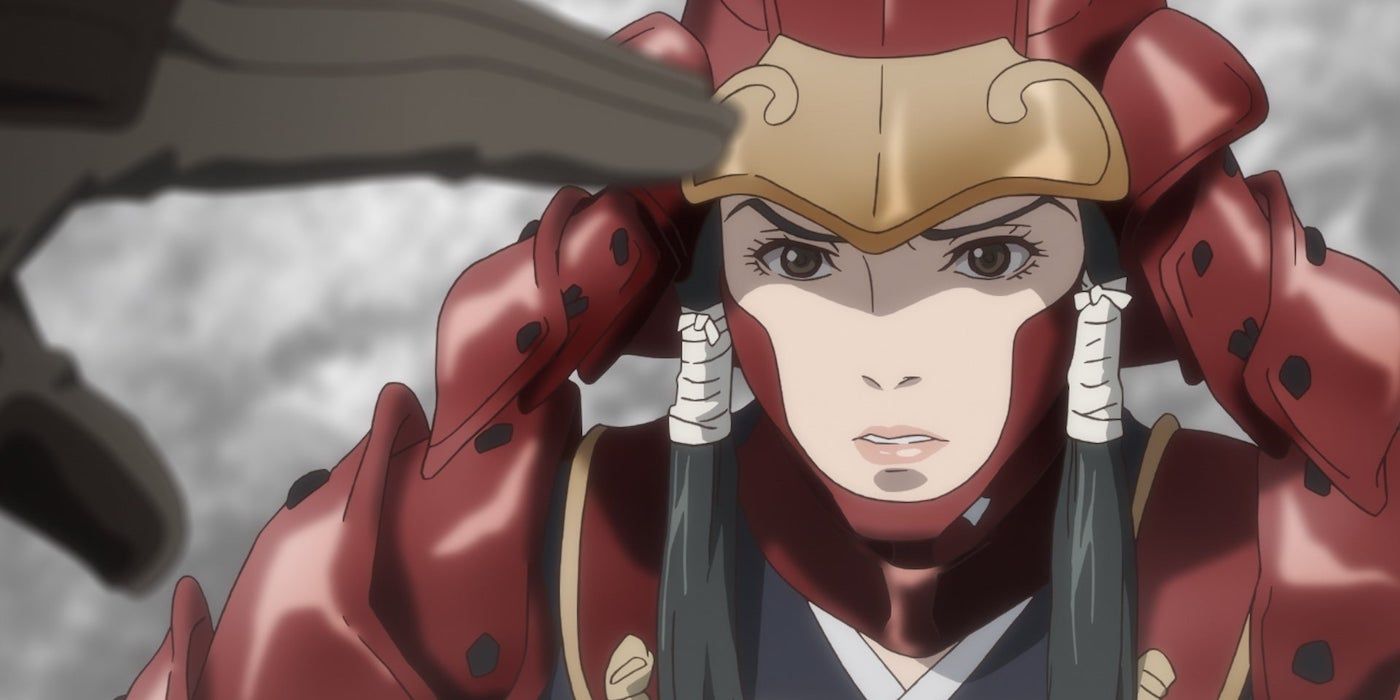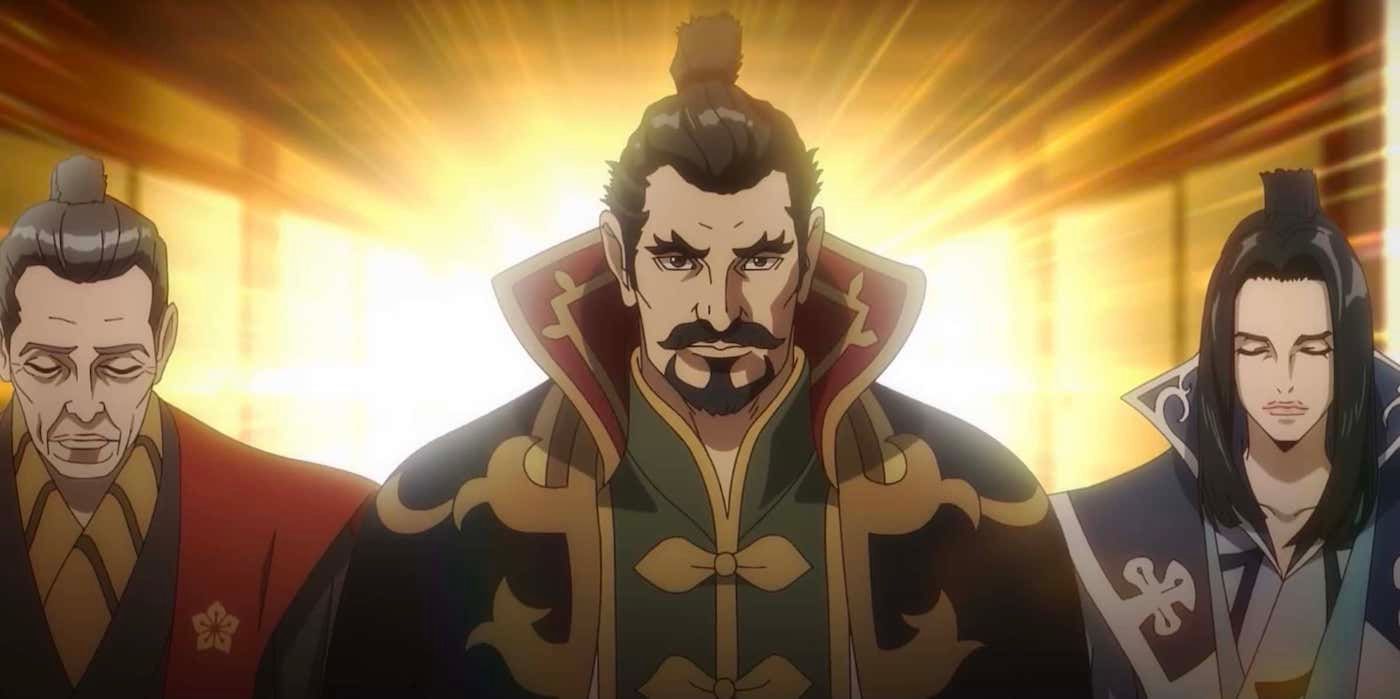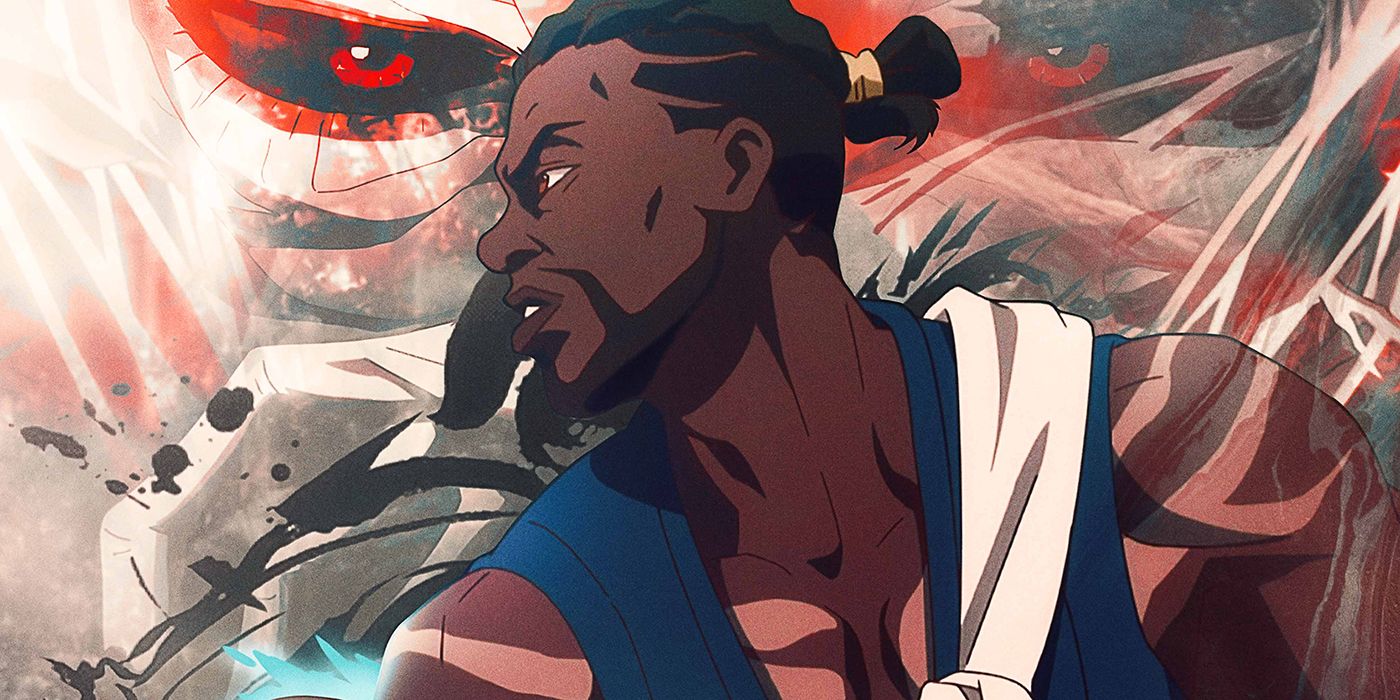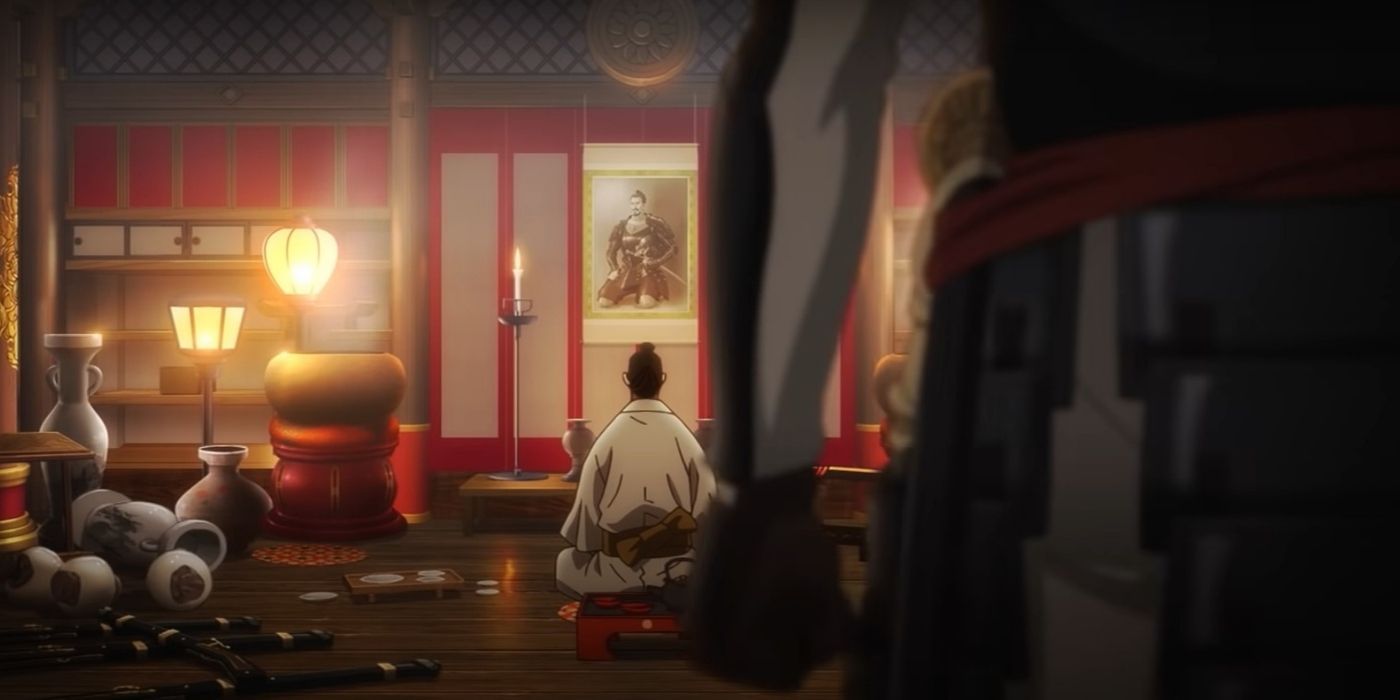The new Netflix anime series Yasuke follows the life of the historical African samurai of the same name. This amazing warrior is long overdue to receive such attention in modern media. Not only was the real Yasuke the only Black man known to have become a samurai, but he was also the first non-Japanese person to be allowed to join the samurai class.
Of course, even the most accurate work of historical fiction is still going to take some creative license, and the Yasuke anime is far from 100% accurate. In fact, much of it is downright impossible. However, for all of the inaccuracies, quite a bit of the truth remains.
10 HISTORICALLY ACCURATE: He Was Born In East Africa
There is a lot that is not known about the life of Yasuke before he came to Japan. He came to the island nation with a group of Jesuits, serving as the bodyguard of Alessandro Valignano, who was the leader of all Jesuits in East Asia at the time. But before that, documentation is scarce to nonexistent.
An account written a few decades after Yasuke arrived in Japan describes him as coming from Mozambique. There are a few theories about which group of Mozambiquean people he might be descended from, but the show suggests he is of the Yao people, hence why he is called "Yao-suki," or "man of the Yao." Some modern historians (such as Thomas Lockley and Geoffrey Girard) suggest he was one of the Dinka of South Sudan. Either way, the show takes what is known about his origins and builds upon this.
9 NOT ACCURATE: His Name Was Probably Not Eusebio Ibrahimo Baloi
In a similar vein, the scene where his identity is revealed also proposes a name for him prior to coming to Japan: Eusebio Ibrahimo Baloi.
This name is almost certainly an invention used by the show, as none of the major dialogues about his origins seem to take this name into account. In fact, it seems likely that the last name Baloi might be a reference to the jazz musician Gito Baloi, who was from Mozambique and who performed in Japan while touring.
8 HISTORICALLY ACCURATE: He Was Trained As A Warrior Before Coming To Japan
When the head of the Jesuits in East Asia traveled from India to Japan, he hired Yasuke as a bodyguard. There were a number of reasons for this, not least that a six-and-a-half-foot Black man from East Africa would be a striking figure to the Japanese (who stood a little over five feet on average at the time).
However, Yasuke was a skilled warrior long before he traveled to Japan. He seems to have been trained as a Habshi soldier in India, being a member of an elite group of soldiers of the Mughal Empire.
7 NOT ACCURATE: There Were No Battle Mechs In The Sengoku Era
Anime often have a tendency to include supernatural elements. Many of these are rooted to some extent in the traditional Shinto beliefs of Japan. This is not the case with battle mechs.
The mecha genre of anime is extremely popular and offers some great examples of where anime is capable of making unique stories that other storytelling mediums have not been able to replicate as well. Hopefully, most people know that 16th Century Japan did not have any battle mechs. Nor did the Mongols, despite what the anime claim.
6 HISTORICALLY ACCURATE: His Skin Was Washed On Nobunaga's Orders
Upon first meeting Yasuke in the anime, the great daimyo Oda Nobunaga orders that the Black man be washed, saying that such a great warrior should not go without a bath. As the most powerful man in Japan and the person working to unify the disparate feudal domains into a single nation, people obeyed Nobunaga immediately.
In actuality, Nobunaga did have Yasuke washed. The African warrior was working as a bodyguard for the Jesuits, who had a reputation for being distrustful. That said, it is important to remember that other people of African descent were known in Japan during the Sengoku Era and this was mostly a sign of distrust toward the Jesuits.
5 NOT ACCURATE: Onna-Bugeisha Did Not Use Katanas During The Sengoku Era
Onna-bugeisha were female samurai, and there is a lot of debate about the realities of their role in society, in part because this role changed over the centuries.
The character Natsumaru introduces herself an onna-bugeisha. She fights with a katana as her weapon of choice. However, by the Sengoku Era, onna-bugeisha had switched to using nagasaki instead. While Natsumaru is later revealed to not actually be a real onna-bugeisha, this oversight is one that others would notice.
4 HISTORICALLY ACCURATE: He Was Respected By Oda Nobunaga
When Yasuke traveled through the countryside of Japan with a group of Jesuits, people flocked to him, following with such fervor and excitement that at one point excited crowds turned into a dangerous mob banging at the doors of a building he and the Jesuits sought shelter in.
Nobunaga heard about the commotion and ordered for Yasuke to be brought before him (after having the crowd forcibly dispersed). Nobunaga took Yasuke into his service. After some time together, Nobunaga grew so impressed with the Yasuke that he granted the young warrior a pair of swords and a home of his own home, making him a samurai of the Oda Clan. This was the first time someone born outside Japan had ever become a samurai. He earned this many times over and fought for the Oda during some of the most important battles of the era.
3 NOT ACCURATE: The Anime's Magic Has No Basis In History Or Folklore
There are many accounts in medieval Japan of tengu in the mountains and of onmyoji spellcasters using their magic. The line between history and folklore can blur, something frequently seen in anime where historical figures encounter demons, ghosts, and magic.
The magic depicted in Yasuke is not part of Japanese folklore, religion, or other traditions. Some of it--notably that used by non-Japanese characters--is rooted in the folklore and religious traditions of other cultures, but overall, this is pure fiction with no basis whatsoever.
2 HISTORICALLY ACCURATE: He Was With Nobunaga At Honno-Ji
Oda Nobunaga died at Honno-ji, a major temple in Kyoto. The daimyo had been betrayed by one of his generals, Akechi Mitsuhide. The battle between Nobunaga and Mitsuhide at Honno-ji was one of the bloodiest of the entire Senjoku Era.
Yasuke was with Nobunaga during the final fateful battle at Honno-ji when the great daimyo met his end. After that, much of Yasuke's life fades into legend.
1 NOT ACCURATE: Mori Ronmaru Helped Nobunaga Commit Seppuku
The death of Oda Nobunaga at Honno-ji is one of those events where history has become legend. When it was clear that Nobunaga could not escape or win, he sealed himself within the temple and committed Seppuku.
In the anime, Yasuke assisted the daimyo in his suicide, acting as his second. In reality, it was another retainer, Mori Ronmaru, who assisted Nobunaga--not by beheading him, but by setting the temple aflame to prevent anyone from ever claiming Nobunaga's severed head as a prize. After Mori Ronmaru did this, he followed his mentor into death.

